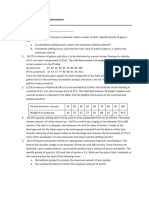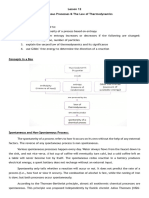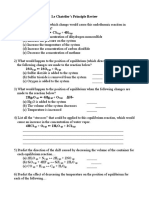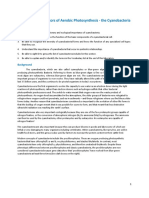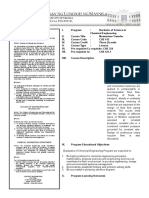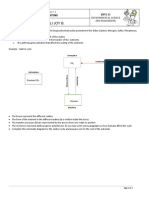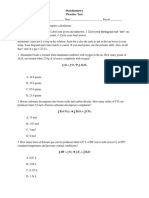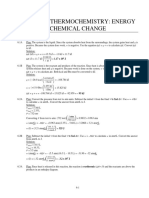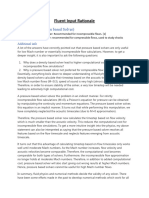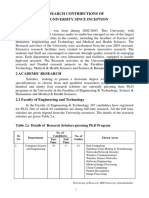0% found this document useful (0 votes)
275 views13 pagesThermochemistry Calculations Guide
This document contains thermochemistry problems and their step-by-step solutions. It begins with two problems calculating the change in internal energy (ΔE) of systems based on given heat (q) and work (w) values. It then covers relating heat (q) to temperature change, determining specific heat capacities, and calculating enthalpy changes. The problems demonstrate using formulas and unit conversions to determine values like ΔE, heat, temperature change, mass, volume, and enthalpy change.
Uploaded by
Ramesey Dela RosaCopyright
© © All Rights Reserved
We take content rights seriously. If you suspect this is your content, claim it here.
Available Formats
Download as PDF, TXT or read online on Scribd
0% found this document useful (0 votes)
275 views13 pagesThermochemistry Calculations Guide
This document contains thermochemistry problems and their step-by-step solutions. It begins with two problems calculating the change in internal energy (ΔE) of systems based on given heat (q) and work (w) values. It then covers relating heat (q) to temperature change, determining specific heat capacities, and calculating enthalpy changes. The problems demonstrate using formulas and unit conversions to determine values like ΔE, heat, temperature change, mass, volume, and enthalpy change.
Uploaded by
Ramesey Dela RosaCopyright
© © All Rights Reserved
We take content rights seriously. If you suspect this is your content, claim it here.
Available Formats
Download as PDF, TXT or read online on Scribd
/ 13





















